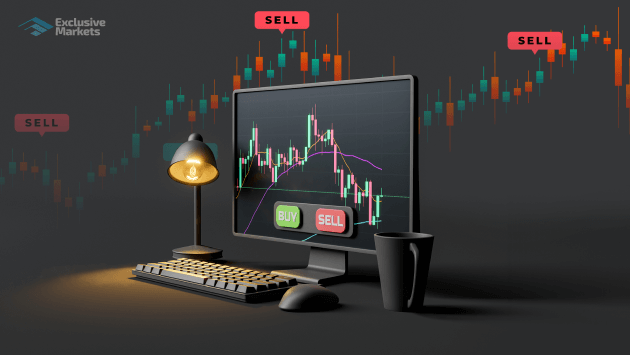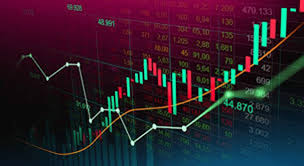
What is Forex Trading?
Forex trading, also known as foreign exchange trading or currency trading, is the process of buying and selling currencies in the global market. It is one of the largest and most liquid financial markets in the world, where trillions of dollars are exchanged daily. This market operates 24 hours a day, five days a week, providing opportunities for traders to engage in various strategies and maximize their profits. If you’re new to trading, you can find valuable resources at what is trading forex fx-trading-uz.com.
The Basics of Forex Trading
At its core, Forex trading involves the simultaneous buying of one currency and selling of another. Currencies are traded in pairs, such as the Euro/US Dollar (EUR/USD) or the British Pound/Japanese Yen (GBP/JPY). Each currency pair has a base currency (the first one) and a quote currency (the second one). The price of a currency pair indicates how much of the quote currency is needed to purchase one unit of the base currency.
Forex trading is typically conducted through brokers who provide traders access to trading platforms where they can execute their trades. These platforms include various tools and features, such as charts, indicators, and news feeds, to help traders make informed decisions.
Understanding Currency Pairs
Currency pairs are categorized into three main types:
- Major pairs: These pairs have the highest trading volumes and include the most widely traded currencies, such as USD, EUR, and JPY.
- Minor pairs: These pairs do not involve the US Dollar and typically involve less traded currencies like AUD, NZD, and CAD.
- Exotic pairs: These are combinations of a major currency and a currency from an emerging market, often featuring lower liquidity and higher volatility.

The Importance of Leverage
A unique aspect of Forex trading is the use of leverage. Leverage allows traders to control a larger position than their actual investment capital would allow. For example, with a leverage ratio of 100:1, a trader can control a position worth $100,000 with just $1,000 of their own capital.
While leverage can significantly increase potential profits, it also raises the risk of significant losses. Traders need to be aware of the risks involved and use risk management strategies to protect their investments.
Types of Forex Trading Strategies
Successful Forex trading often involves the implementation of various trading strategies. Here are a few popular strategies utilized by traders:
- Day trading: This short-term strategy involves buying and selling currencies within the same trading day to capitalize on small price movements.
- Swing trading: Swing traders hold onto their positions for a few days to capture price swings, focusing on medium-term trends.
- Scalping: A high-frequency trading approach that seeks to profit from small price changes by executing numerous trades in quick succession.
- Position trading: This long-term strategy involves holding positions for weeks or months, based on fundamental analysis of economic indicators.
The Role of Economic Indicators
Economic indicators play a crucial role in Forex trading. These data points provide insights into the economic health of a country and can impact currency values significantly. Some key indicators include:
- Interest rates: Central banks set interest rates, which influence currency values and attract foreign investment.
- Gross Domestic Product (GDP): GDP measures the economic performance of a country and can affect currency valuation.
- Employment data: Employment trends provide insights into economic strength, with higher employment often leading to a stronger currency.
- Inflation rates: Inflation affects purchasing power and influences central bank policies, impacting currency values.

Risks and Challenges of Forex Trading
While Forex trading can be lucrative, it is not without its challenges. Here are some of the common risks traders face:
- Market risk: Currency values can fluctuate based on market forces, leading to potential losses.
- Leverage risk: High leverage can amplify losses as well as gains, posing a risk to capital.
- Liquidity risk: In volatile markets, the ability to execute trades at desired prices may be compromised.
- Emotional risk: Trading can be emotionally taxing, leading to impulsive decisions that can harm trading performance.
Choosing a Forex Broker
Selecting a reliable Forex broker is essential for successful trading. Here are some factors to consider when choosing a broker:
- Regulation: Ensure the broker is regulated by reputable financial authorities to protect your investment.
- Trading platform: Look for a user-friendly platform with advanced tools and features for analysis.
- Spreads and commissions: Understand the costs associated with trading, including spreads and commissions, to ensure they are competitive.
- Customer support: Reliable customer support can be crucial, especially for new traders who may need assistance.
Conclusion
Forex trading offers a unique opportunity for individuals to engage in the global financial market. By understanding the fundamentals of currency trading, the factors that influence currency values, and the strategies employed by successful traders, you can position yourself for potential success. However, it is essential to approach Forex trading with a clear understanding of the risks involved and to develop robust risk management strategies.
As you embark on your trading journey, consider starting with a demo account to practice trading without risking real capital. After gaining confidence and experience, you can transition to live trading with a solid understanding of the Forex market and your trading strategies.



